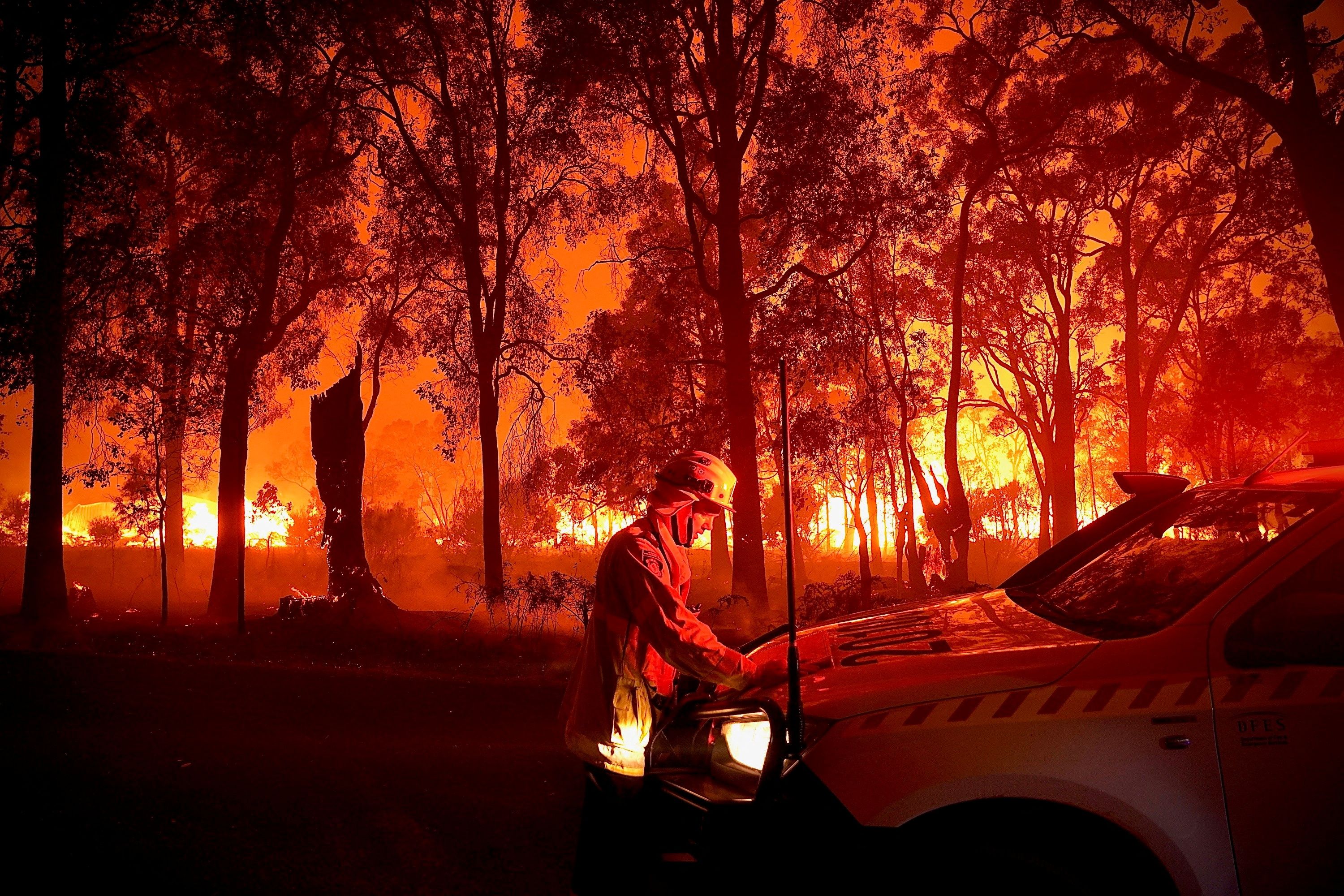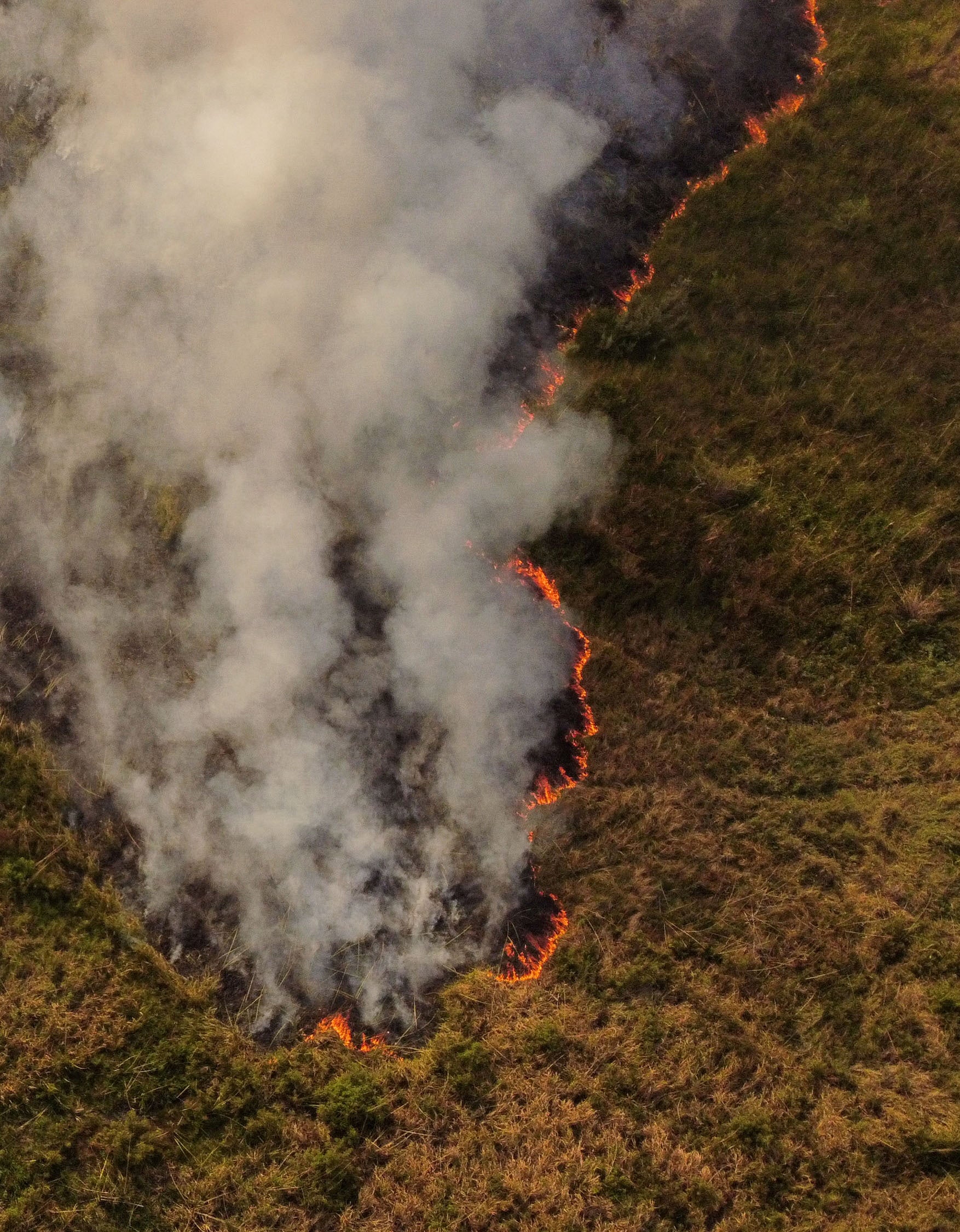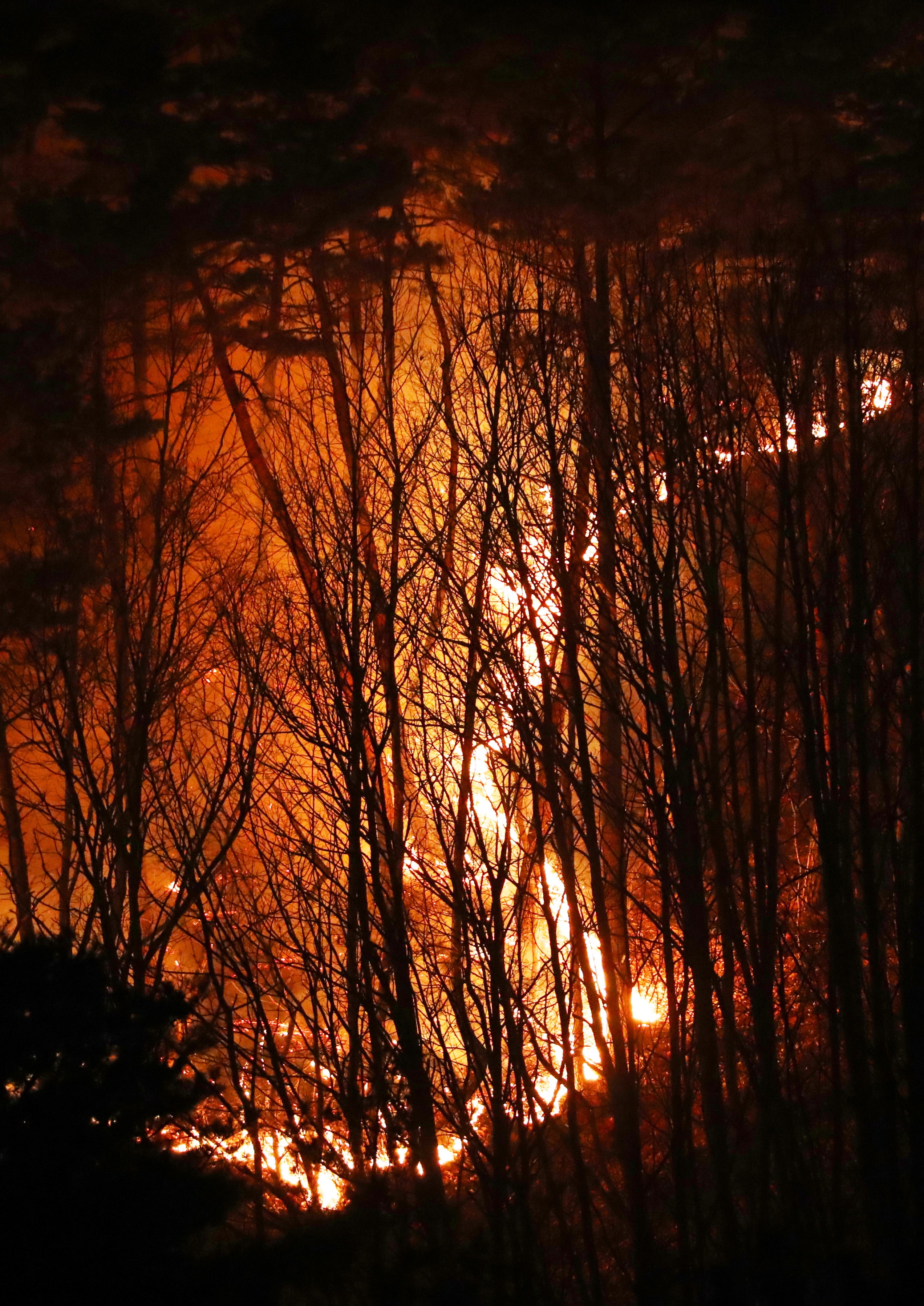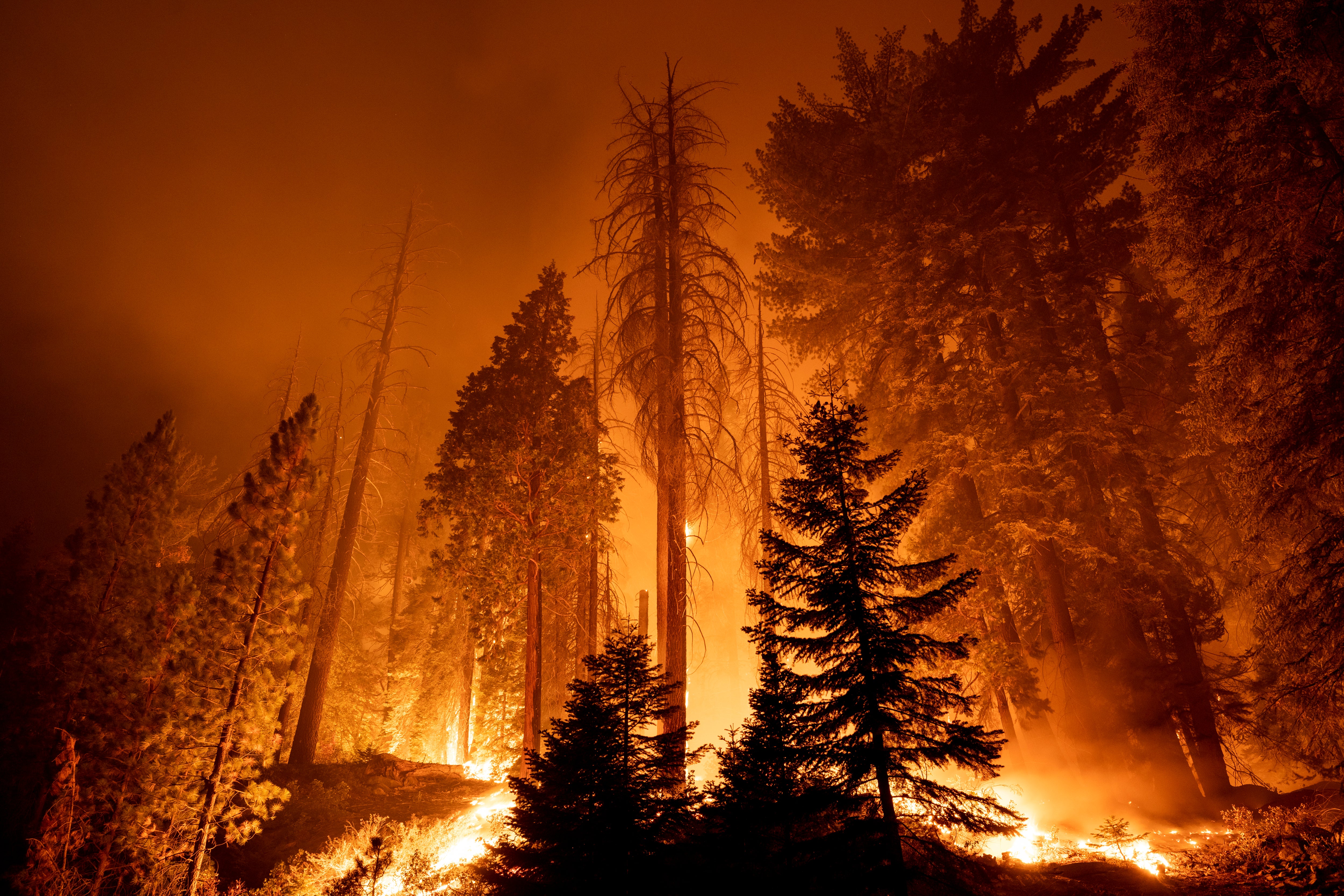Deadly wildfires are making new hole in the ozone layer, scientists warn
Australia’s wildfire smoke caused a 1 per cent loss in ozone, scientists find

Towers of smoke from Australia’s “black summer” bushfires have resulted in a depletion of the ozone layer, a new study has found.
The continent’s wildfires in 2019-20 blazed across more than 43 million acres of land and emanated over 1 million tons of smoke particles in the atmosphere, according to Massachusetts Institute of Technology (MIT).
Researchers at MIT estimated that this significant level of smoke has caused a 1 per cent loss in ozone.
The scientists suggested that this loss could take approximately 10 years to recover, but rising fire intensity and frequency due to the climate crisis may slow this progress.

The ozone layer is part of the stratosphere – the second layer of Earth’s atmosphere – and absorbs ultraviolet radiation emitted by the sun.
Susan Solomon, the lead author of the study and Lee and Geraldine Martin Professor of Environmental Studies at MIT said: “Wildfire smoke is a toxic brew of organic compounds that are complex beasts.
“And I’m afraid ozone is getting pummelled by a whole series of reactions that we are now furiously working to unravel.”
Using satellite observations of nitrogen dioxide before and after the Australian bushfires, the researchers at MIT found that there was a significant drop in nitrogen dioxide after March 2020.
To verify their findings, the team injected a cloud of smoke particles into a model that simulates hundreds of chemical reactions in the atmosphere.
They found that as the amount of smoke particles increased in the stratosphere, concentrations of nitrogen dioxide decreased.
This signalled that wildfire smoke depletes ozone in a chemical reaction that resembles ozone erosion from volcanic eruptions, as Professor Solomon explained: “Once you have less nitrogen dioxide, you have to have more chlorine monoxide, and that will deplete ozone.”

Their study marks the first time that science has found a chemical mechanism which links wildfire smoke to holes in the ozone layer.
Currently, the biggest contributor to ozone depletion is chlorofluorocarbons (CFCs) chemicals released from products such as aerosol sprays – though these have been banned under the 1987 Montreal protocol.

However, smoke from increasingly strong wildfires due to global warming could have a serious impact on the ozone layer.
“The Australian fires look like the biggest event so far, but as the world continues to warm, there is every reason to think these fires will become more frequent and more intense,” the professor said, adding: “It’s another wakeup call, just as the Antarctic ozone hole was, in the sense of showing how bad things could actually be.”






Join our commenting forum
Join thought-provoking conversations, follow other Independent readers and see their replies
Comments